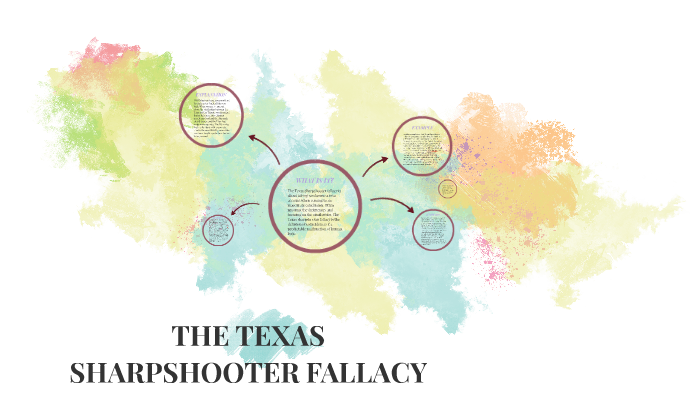
The problem with the conclusion, however, was that the number of potential ailments, i.e. The study found that the incidence of childhood leukemia was four times higher among those that lived closest to the power lines, and it spurred calls to action by the Swedish government. The researchers surveyed everyone living within 300 meters of high-voltage power lines over a 25-year period and looked for statistically significant increases in rates of over 800 ailments.

One could then use the information to give support or cast doubt on the presence of that mechanism. For example one might, prior to examining the information, have in mind a specific physical mechanism implying the particular relationship. Thus, it typically does not apply if one had an ex ante, or prior, expectation of the particular relationship in question before examining the data. The fallacy is characterized by a lack of specific hypothesis prior to the gathering of data, or the formulation of a hypothesis only after data has already been gathered and examined. To illustrate, if we pay attention to a cluster of cancer cases in a certain sub-population and then draw our "circle" around the smallest area that includes this cluster, this sample will appear to be suffering an unusually high rate of cancer, but if we included the rest of the population, the incidence would regress to the average. If the person fails to account for the likelihood of finding some subset in the large data with some common property strictly by chance alone, that person is likely committing a Texas Sharpshooter fallacy. Random chance may give all the elements in that subset some kind of common property (or pair of common properties, when arguing for correlation). It does not store any personal data.The Texas sharpshooter fallacy often arises when a person has a large amount of data at their disposal, but only focuses on a small subset of that data. The cookie is set by the GDPR Cookie Consent plugin and is used to store whether or not user has consented to the use of cookies. The cookie is used to store the user consent for the cookies in the category "Performance". This cookie is set by GDPR Cookie Consent plugin. The cookie is used to store the user consent for the cookies in the category "Other. The cookies is used to store the user consent for the cookies in the category "Necessary".

The cookie is set by GDPR cookie consent to record the user consent for the cookies in the category "Functional".

The cookie is used to store the user consent for the cookies in the category "Analytics". These cookies ensure basic functionalities and security features of the website, anonymously. Necessary cookies are absolutely essential for the website to function properly.


 0 kommentar(er)
0 kommentar(er)
